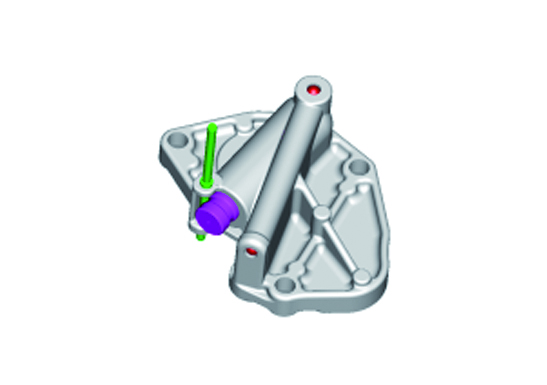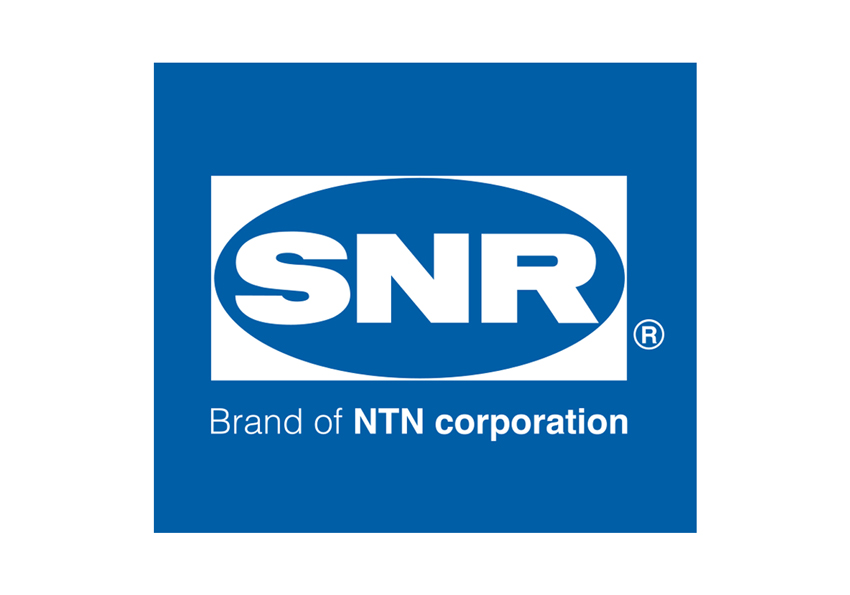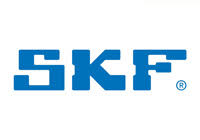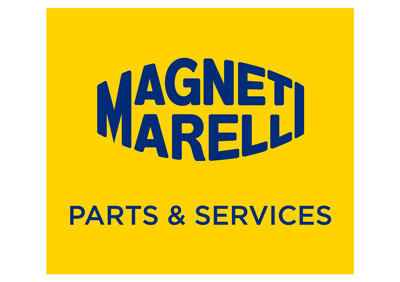Chain drive
The chain drive in combustion engines must transmit the rotation of the crankshaft to the camshafts, thus ensuring that the valves open and close reliably and at exactly the right time. A chain is used as...
Function
The chain drive in combustion engines must transmit the rotation of the crankshaft to the camshafts, thus ensuring that the valves open and close reliably and at exactly the right time. A chain is used as the transmission medium. It is also known as a timing chain.
Timing chains

Timing chains have been a standard feature of combustion engines since the start of the 20th century. Since the 1980s, the toothed belt has increasingly been establishing itself as a more cost-effective alternative. Some manufacturers including Mercedes and BMW remain faithful to the traditional chain drive. Timing chains are frequently also used by other manufacturers to drive camshafts, in particular in large-volume engines.
Depending on the requirements of the automobile manufacturer, timing chains can take the form of simplex or duplex roller chains as well as inverted toothed chains. Compared with belt drives, timing chains have the advantage that they are able to bridge long distances between components and support the transmission of forces.
Advantage and disadvantage of timing chains
However, timing chains can stretch over time and must be re-tensioned after prolonged operation. To avoid this, they are pre-stretched in production before leaving the factory. Timing chains are also louder than toothed belt drives, but the higher noise emissions can be mitigated by using slide rails and chain tensioners.
Furthermore, chain drives are heavier than toothed belt drives and take more time and effort to install when components are replaced. The chain drive is exposed to high levels of stress and strain during normal operation. Typical wear parts of the chain drive are:
- the timing chains,
- slide rails and tensioning rails,
- the chain tensioner and
- the chain wheels.
The quality and processing of these components is decisive for the safety and longevity of the chain drive.
Depreciation
Chains are slightly more expensive than toothed belts in engine production. However, thanks to their good wear resistance, they pay for themselves over the service life of a vehicle as repair costs are lower.
Timing chains rely on good lubrication for a long service life. Therefore, for fault-free functioning, it is very important to check engine oil level and observe the service and maintenance intervals prescribed by the vehicle manufacturer.
Safety
Timing chains are safer than belt drives. A torn toothed belt can result in major damage to the engine in certain circumstances. This risk is incredibly low with long-lasting timing chains.
In principle, timing chains will require virtually no maintenance if they are well lubricated. When the timing chain is replaced, neighbouring components must also be replaced at the same time. Garages can often obtain complete repair sets known as timing chain kits which contain all necessary parts including chain tensioners, rails and wheels.
Environmental protection
Compared with the toothed belt , the chain drive has a proportionately long service life. Chains are relatively wear-resistant and frequently last the entire service life of a car. The reduced requirement for spare parts saves resources and protects the environment.




